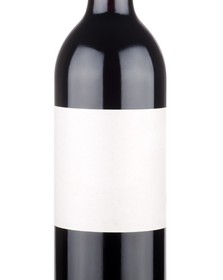 Wine labels can be trendy, appealing and, of course, confusing. Especially if French, Italian or Spanish is not your primary language. Wine labels offer helpful information, but sometimes the unfamiliar terms add to the confusion. To help decipher the code, here are explanations of some common foreign-language label terminology.
Wine labels can be trendy, appealing and, of course, confusing. Especially if French, Italian or Spanish is not your primary language. Wine labels offer helpful information, but sometimes the unfamiliar terms add to the confusion. To help decipher the code, here are explanations of some common foreign-language label terminology.
FRENCH
- Blanc de Blancs: Literally, white of whites. This means white wine made from white grapes. If it appears on a bottle of Champagne it means 100 percent chardonnay grapes were used.
- Blanc de Noirs: Literally, white of blacks. This means white wine made from red grapes. On a Champagne label it means the wine is made from pinot noir and pinot meunier grapes.
- Cote: A slope or hillside. Often it is followed by the name of the slope or hillside, for example, Cotes du Rhone (Hills of Rhone).
- Clos: A term used for a walled vineyard.
- Fut de Chene: The wine was matured in oak barrels.
- Vendange Tardive: Latepicked or late-harvested grapes. This appears on many sweet wine labels.
- Vieilles Vignes: The wine was made from grapes off old vines. On French wine labels it generally signifies a superior wine with concentrated flavors. Keep in mind, though, there is no regulated age for vines to be considered “old.”
ITALIAN
- Abboccato: This refers toa medium-sweet or semi-dry wine.
- Amabile: Meaning pleasant, this refers to a sweet wine.
- Recioto: A Venetian term for a strong sweet wine made from dried grapes.
- Castello: Literally castle, used like the French term chateau to identify an estate or other vineyard location.
SPANISH
- Crianza: Wine that has been aged for two years before release, one year of which has to be in a barrel. Or subjected to another specific aging process defined by the region’s governing body.
- Gran Reserva: A distinction for aged wines. For red wine it means that it has been aged for five years, of which a minimum of two has been spent in a barrel. White and rose wines for four years, with six months spent in wood.
- Abocado: A medium sweet wine.